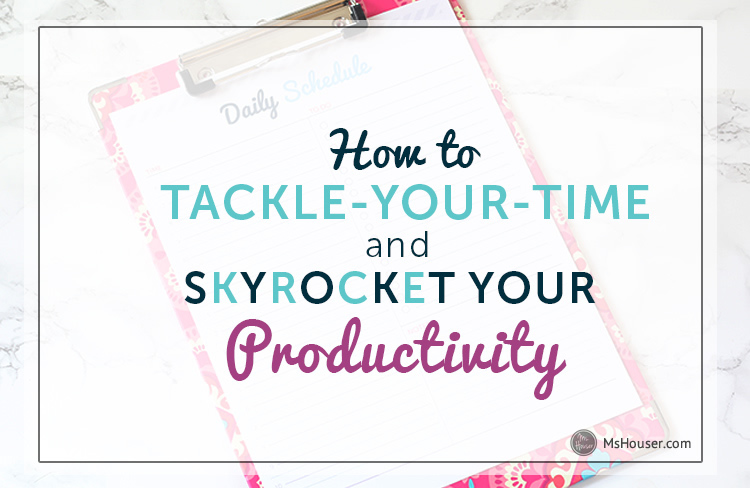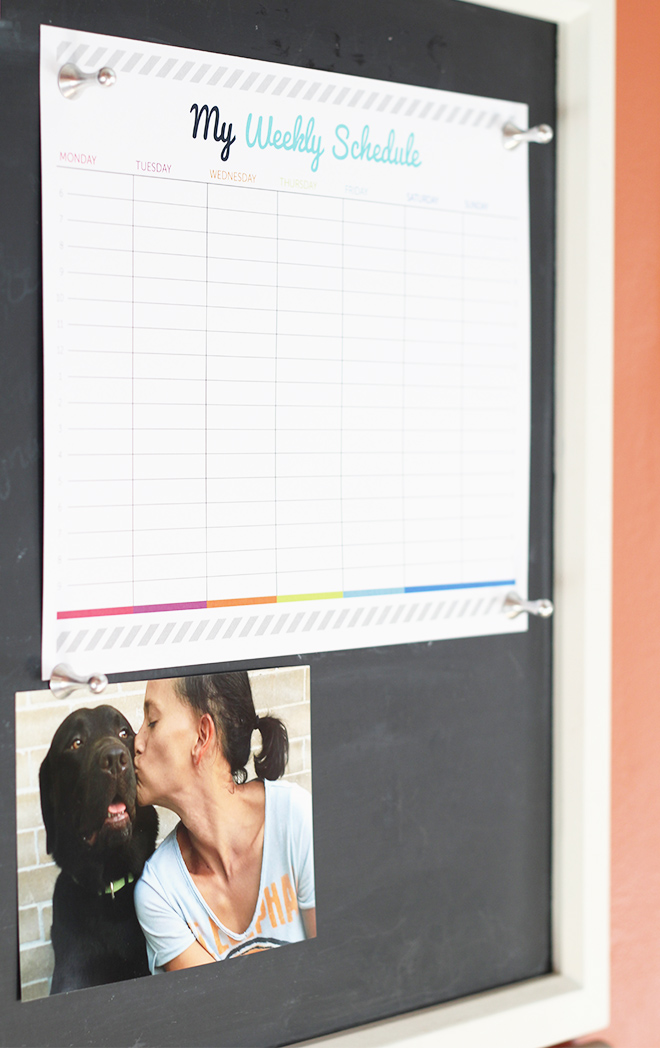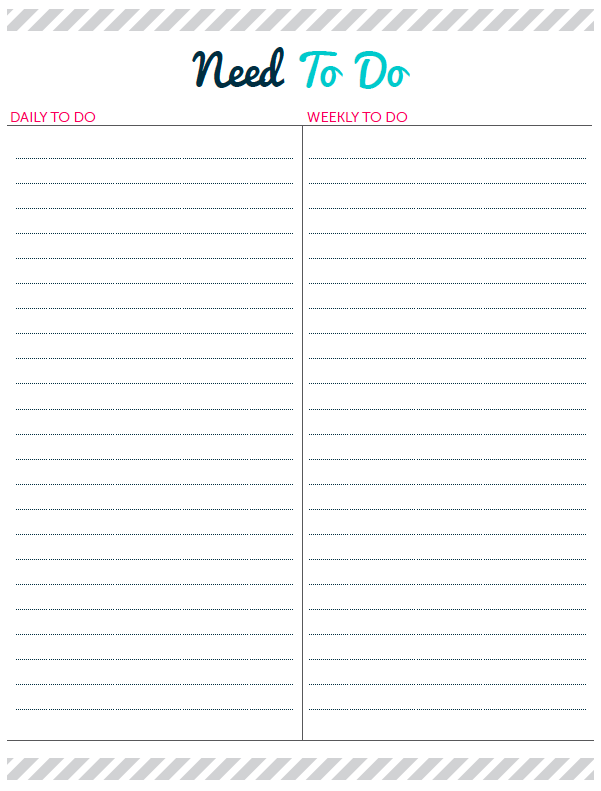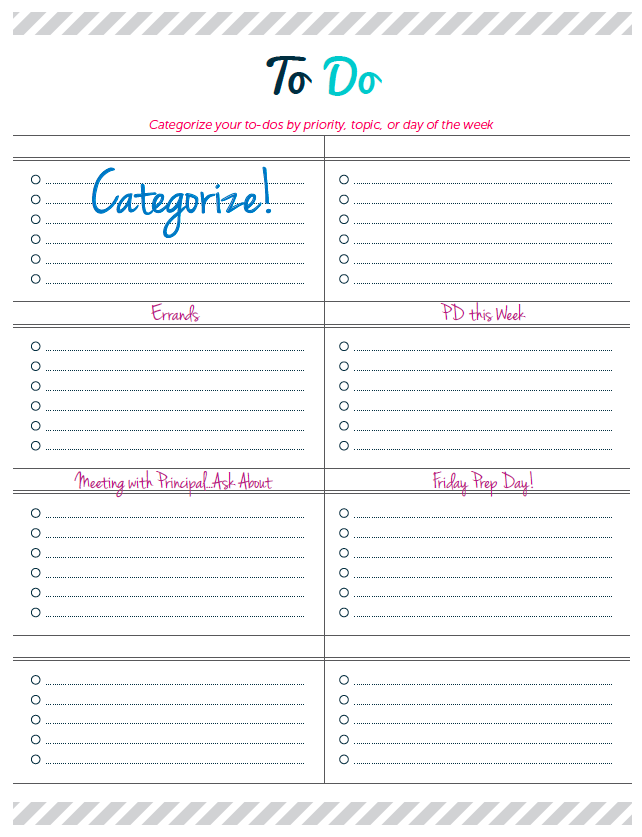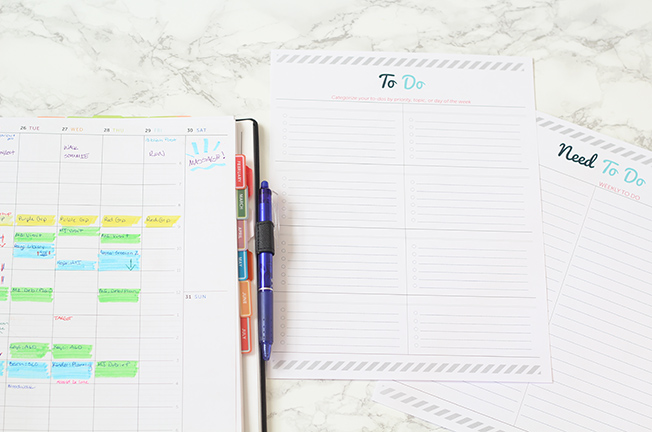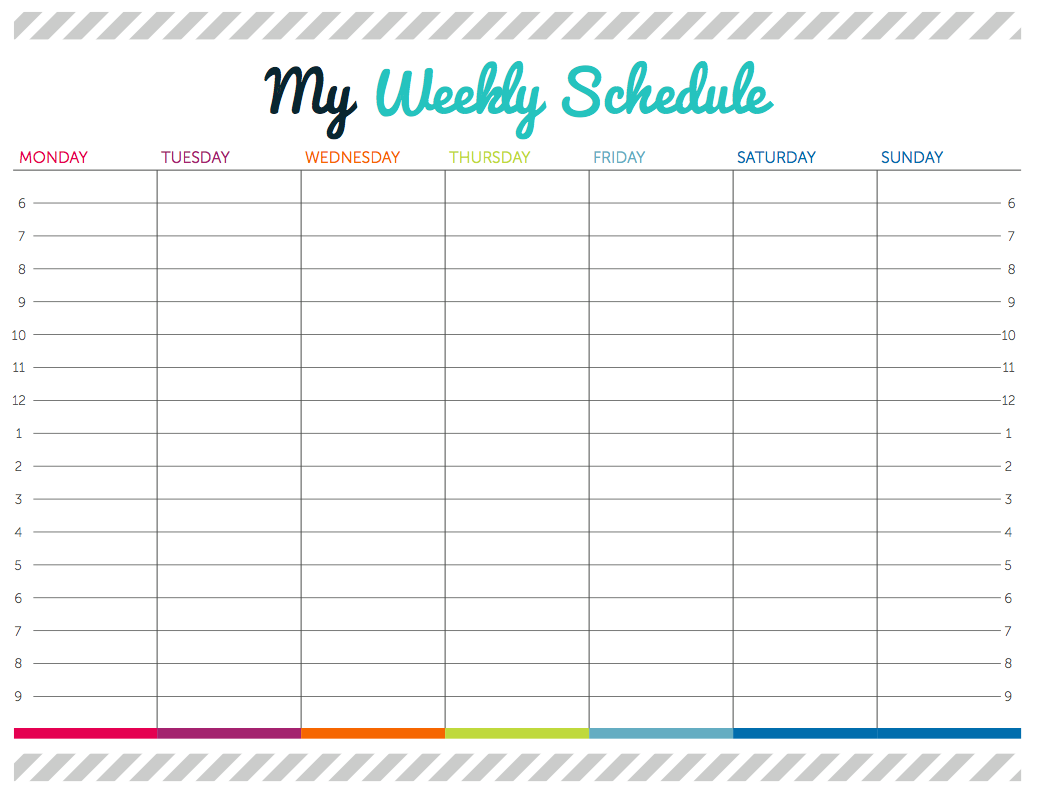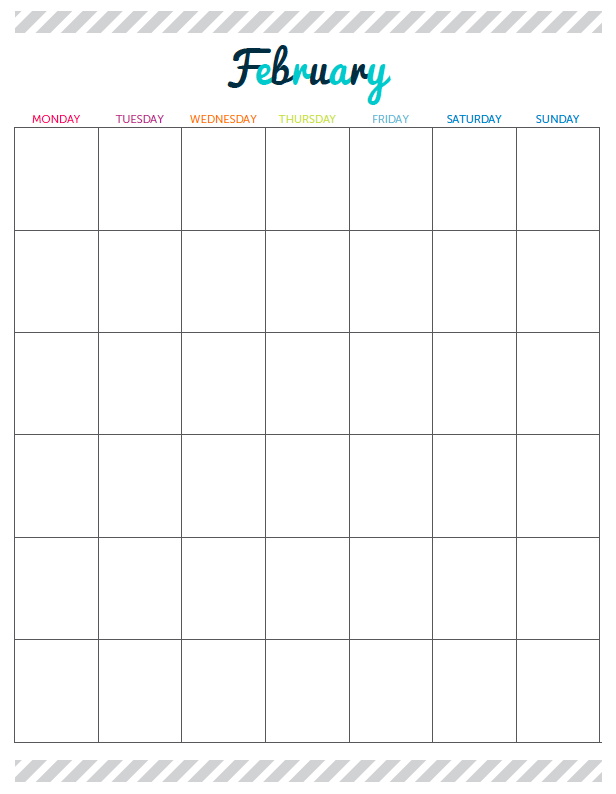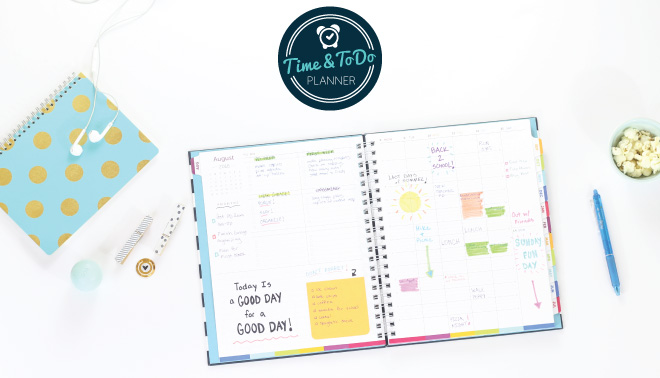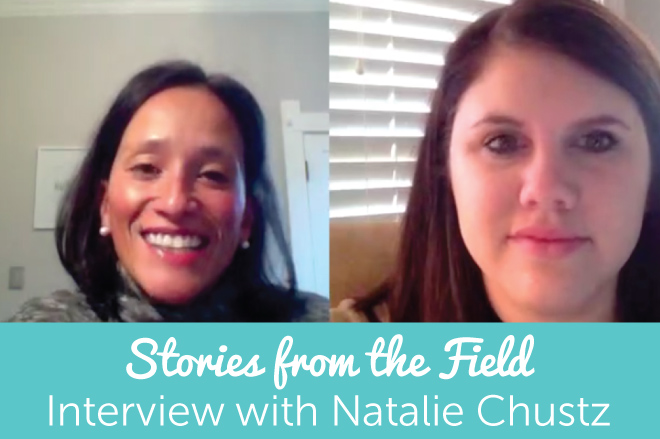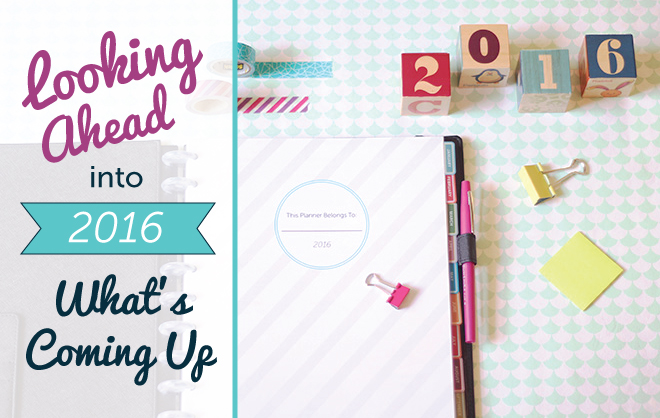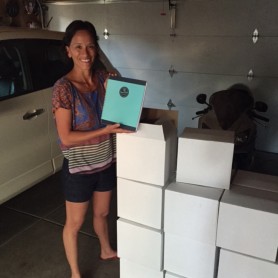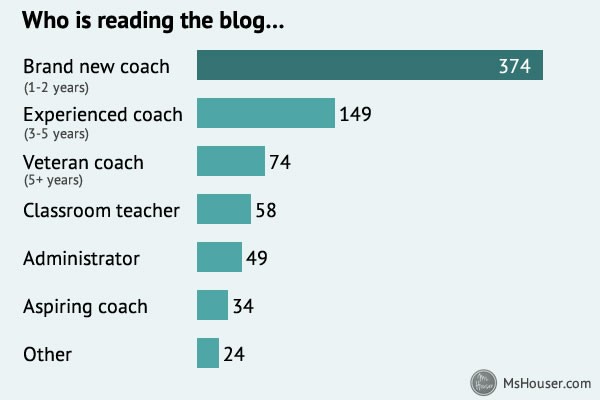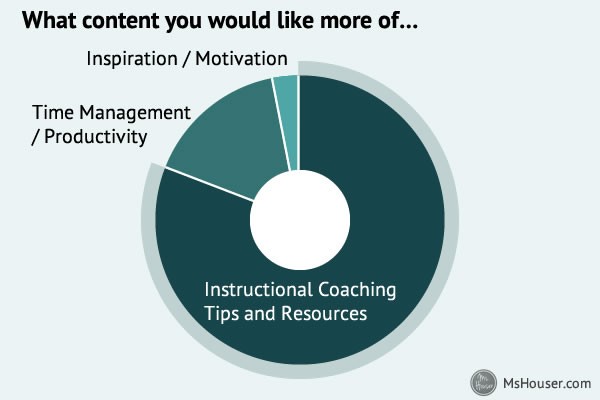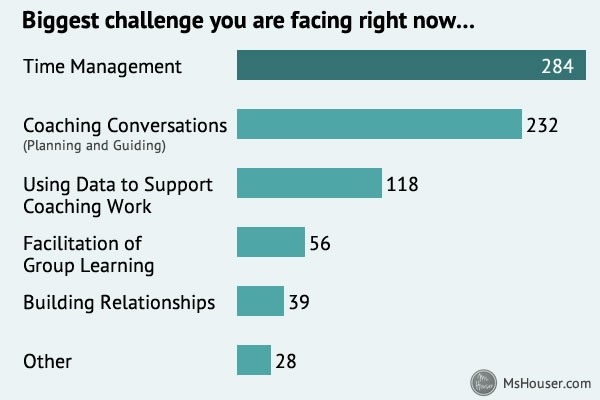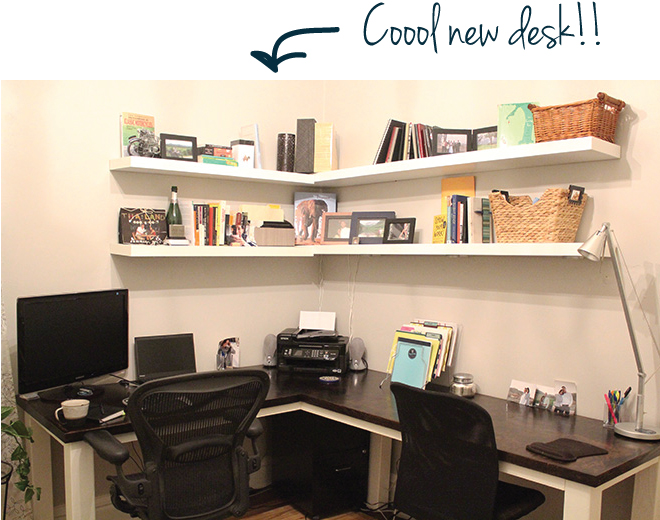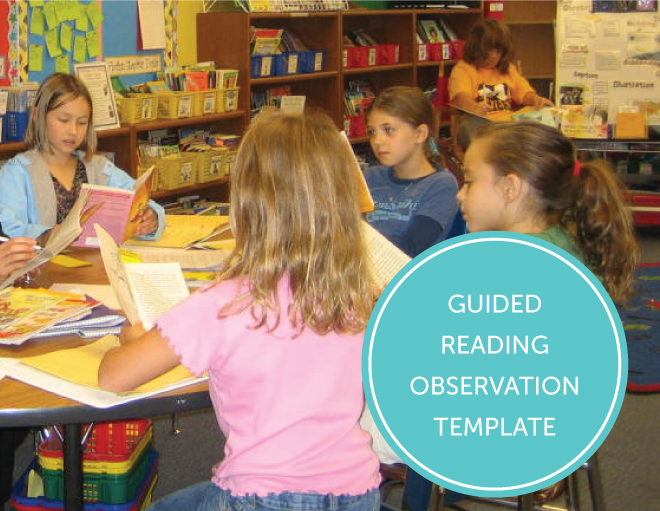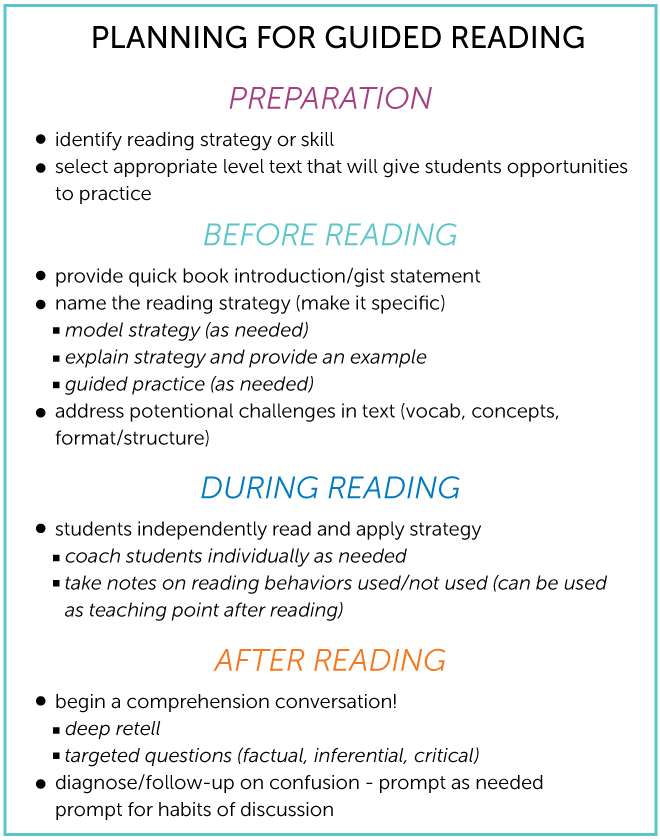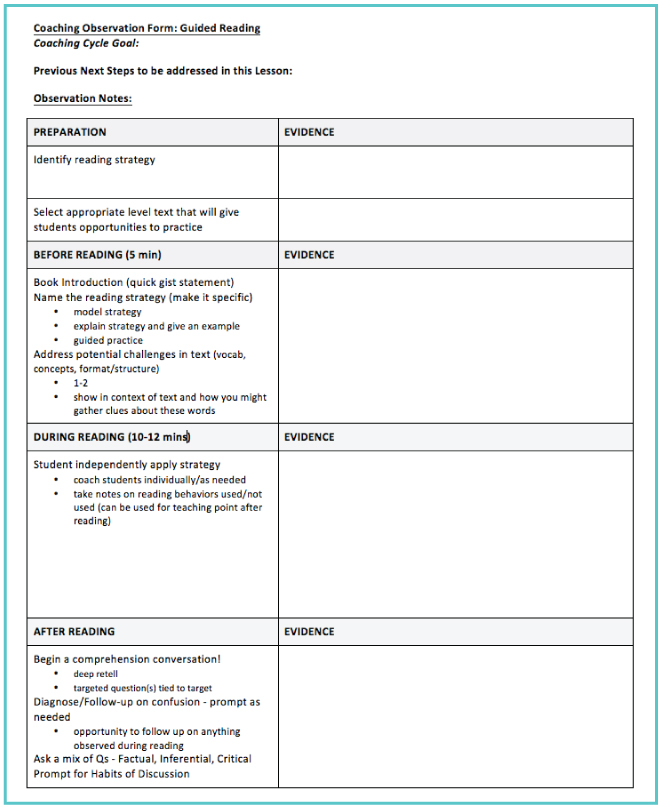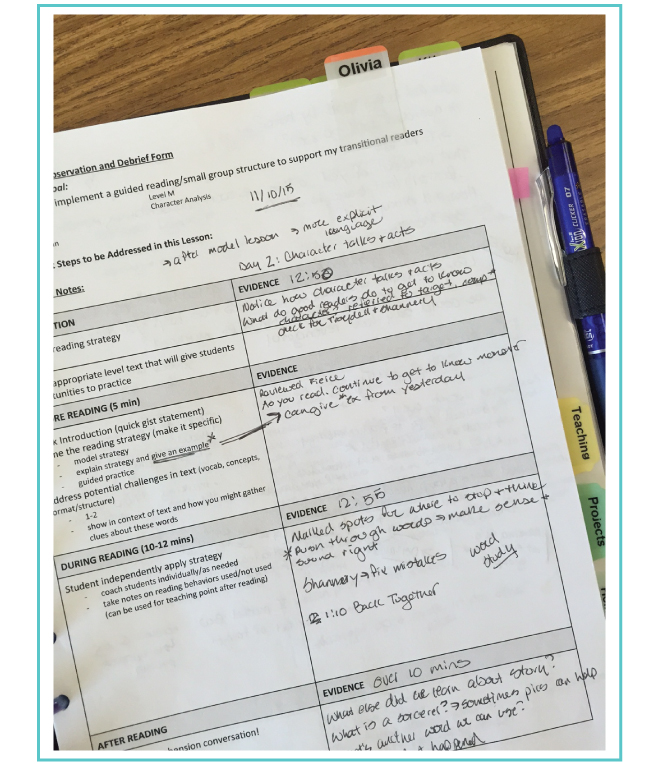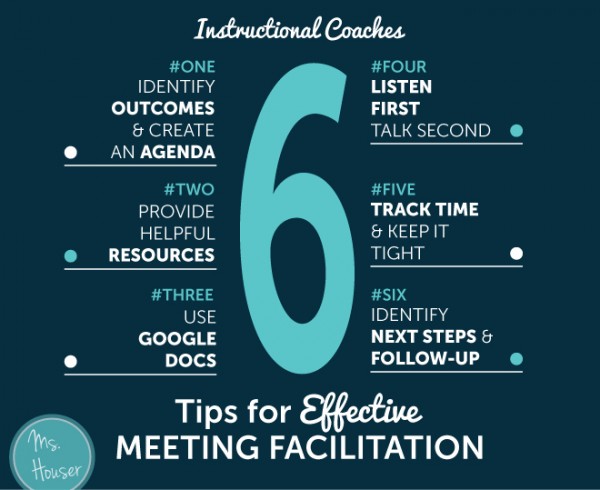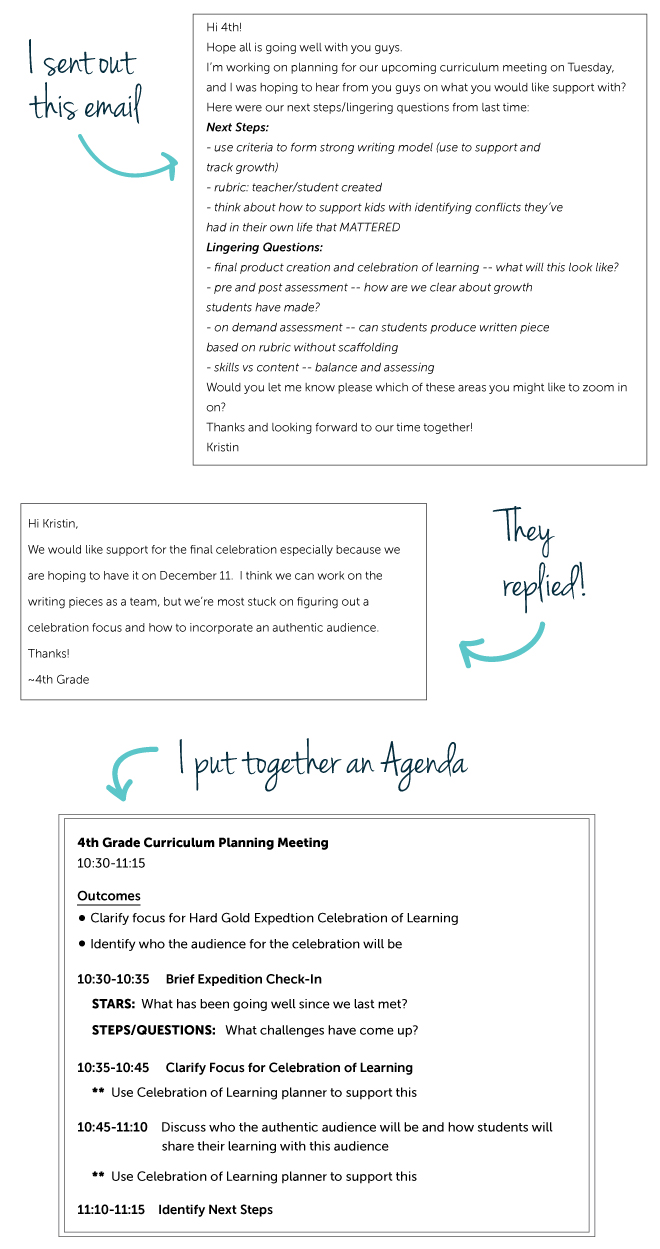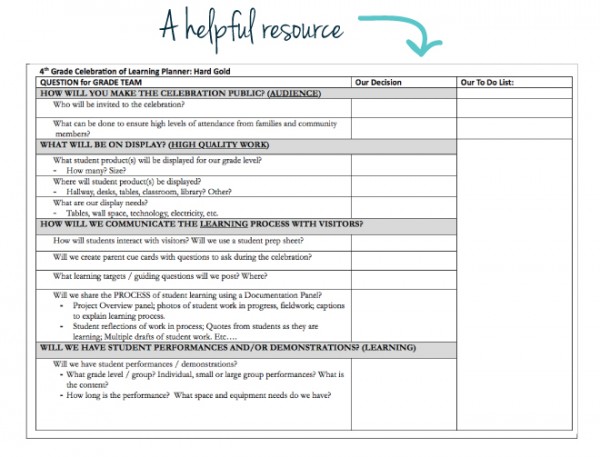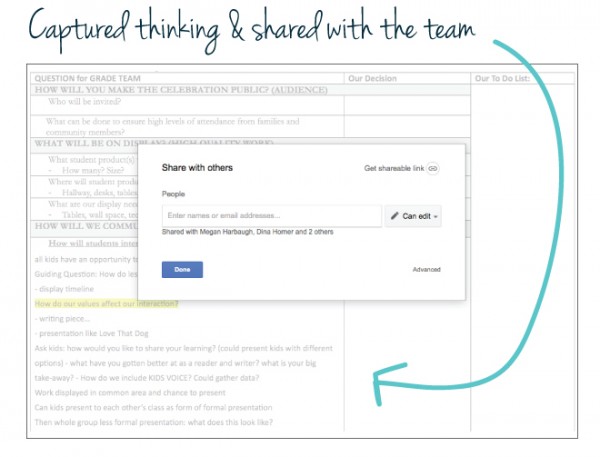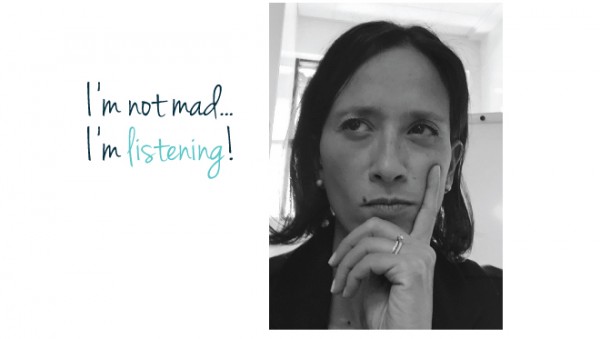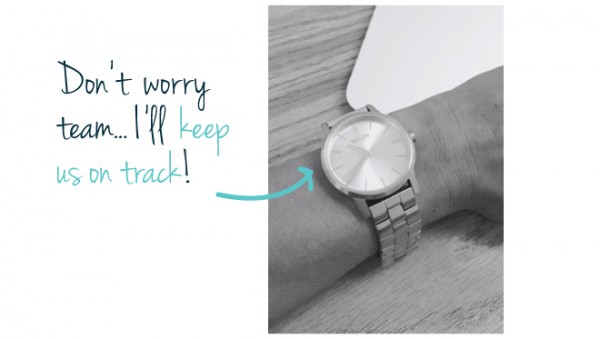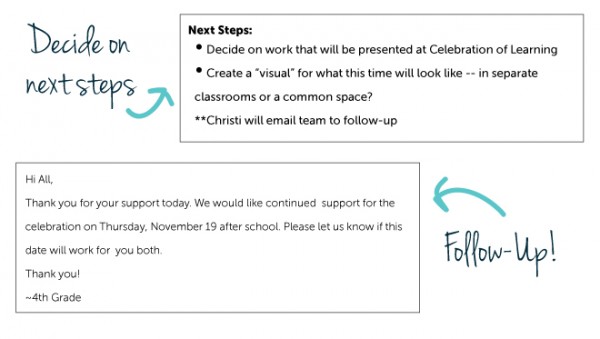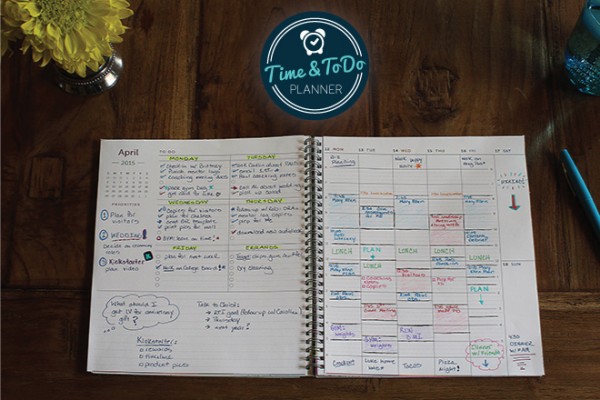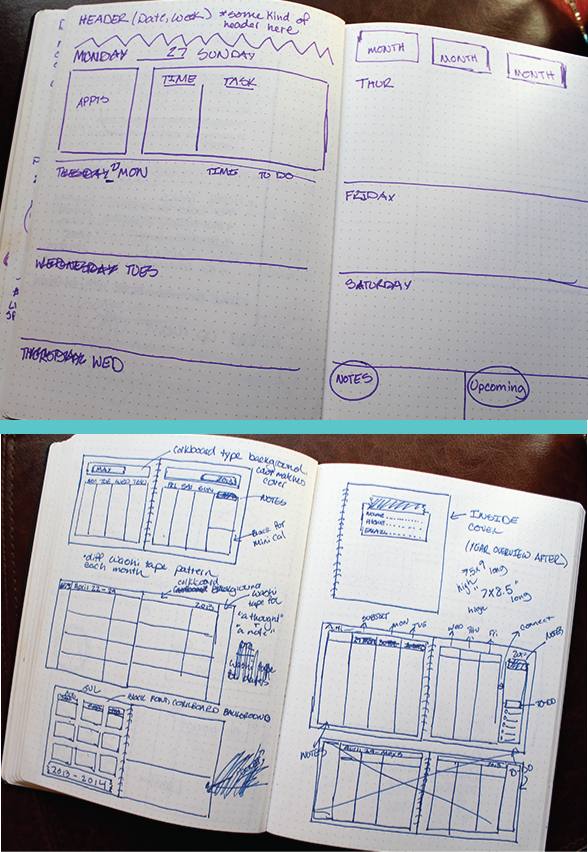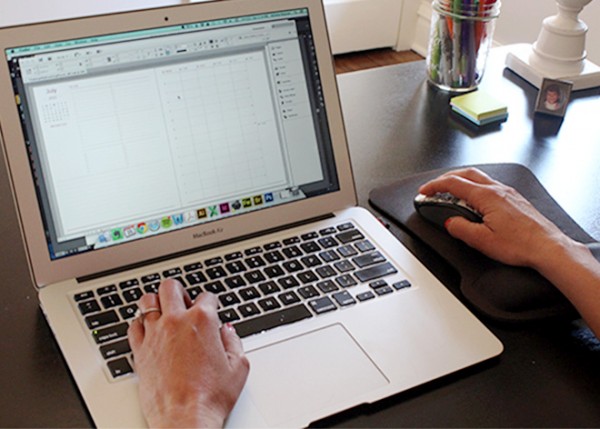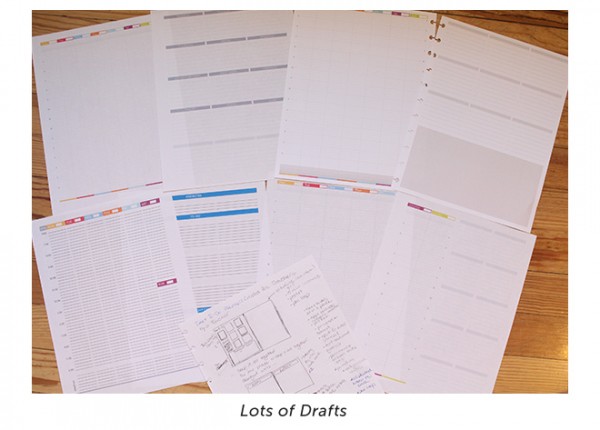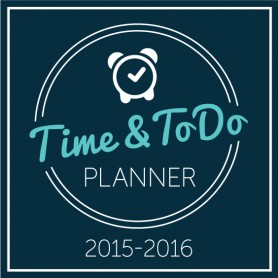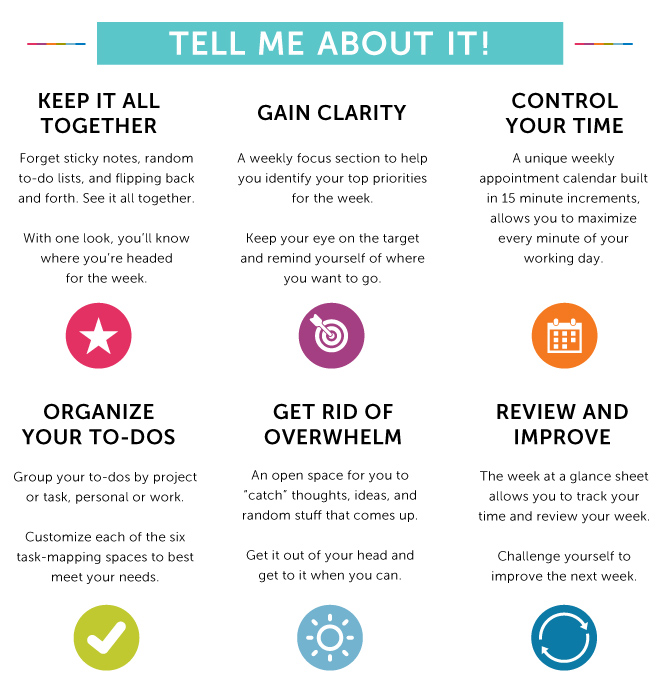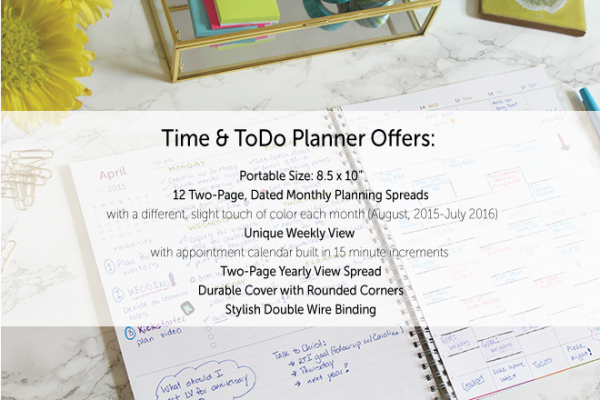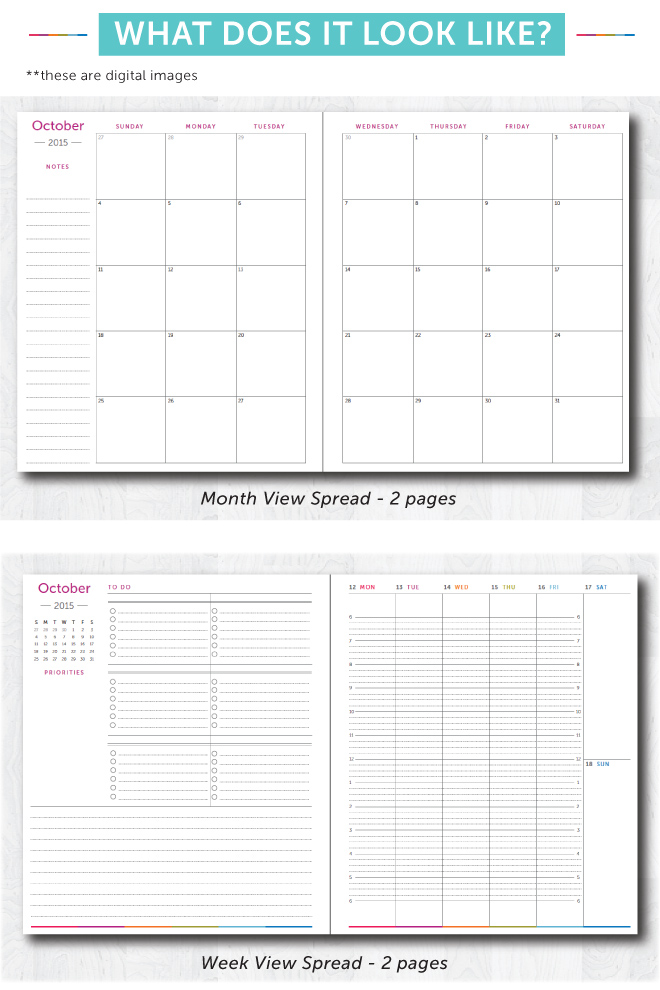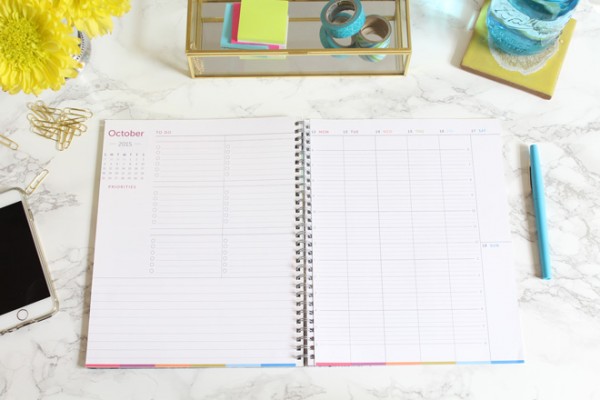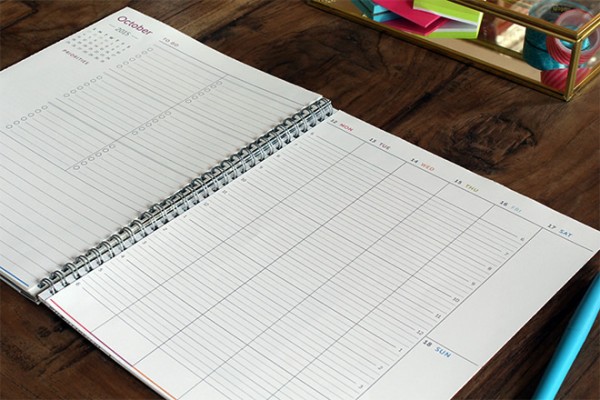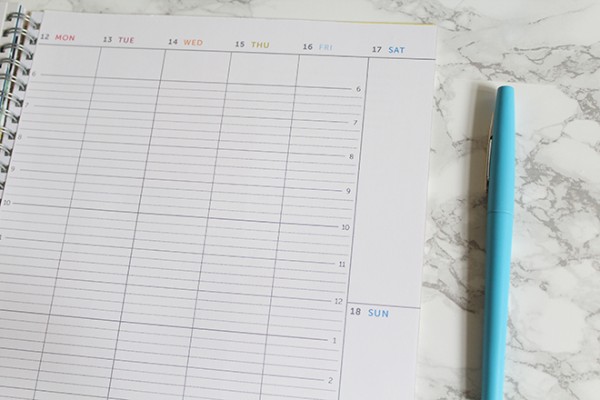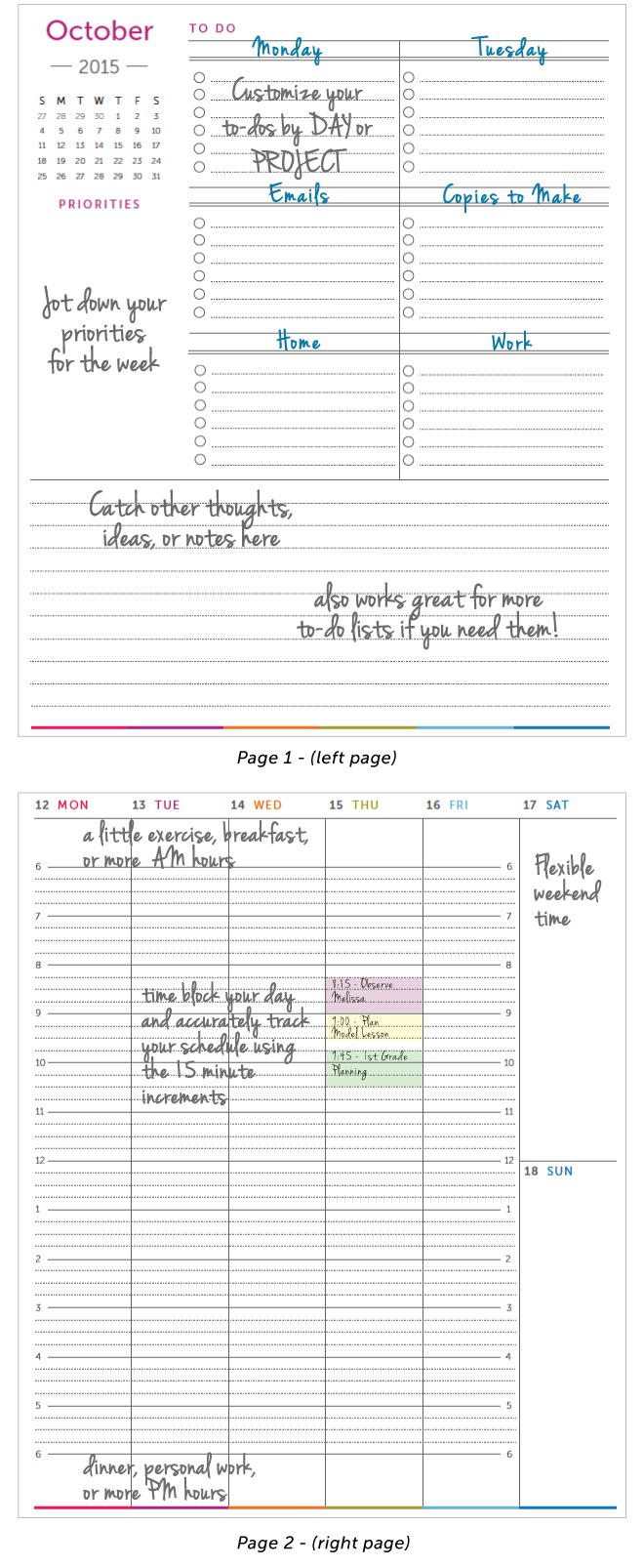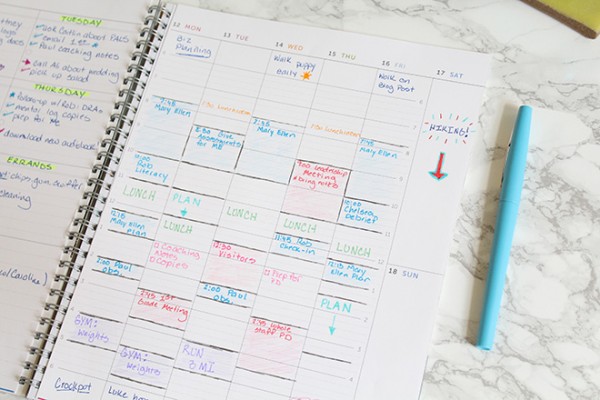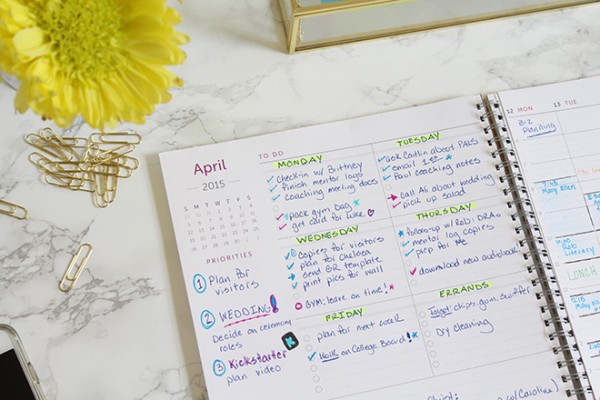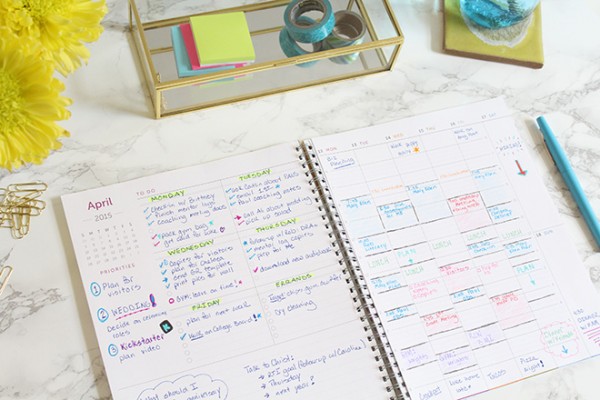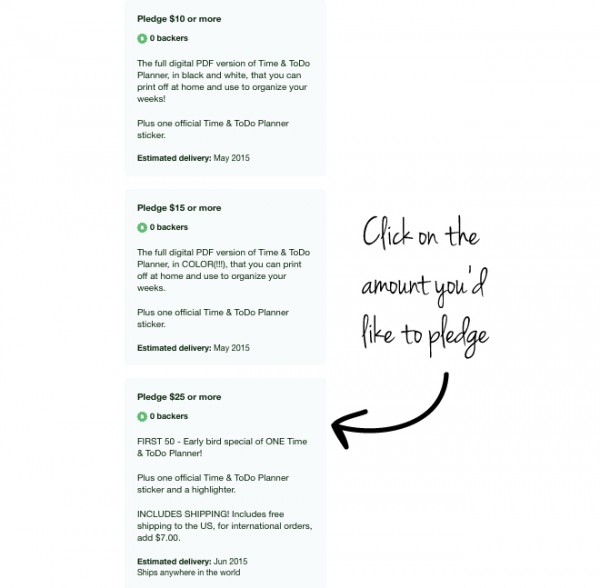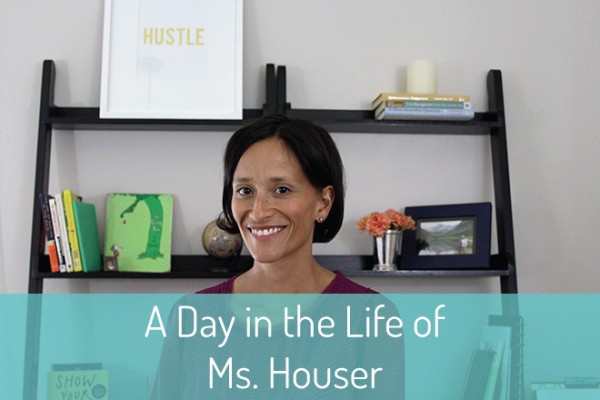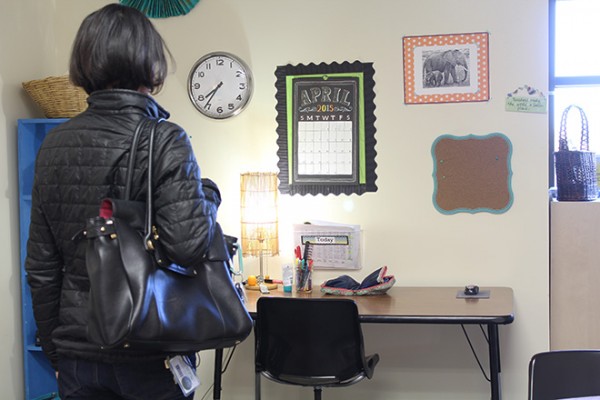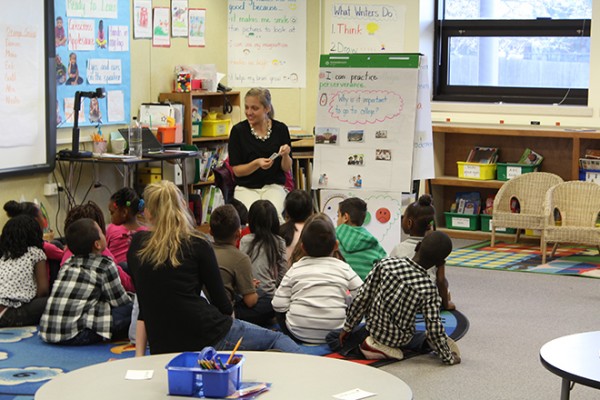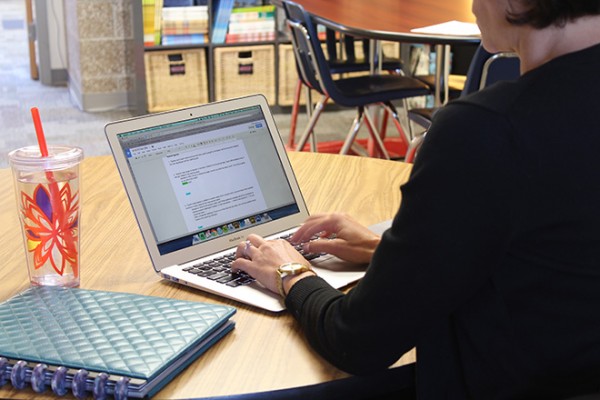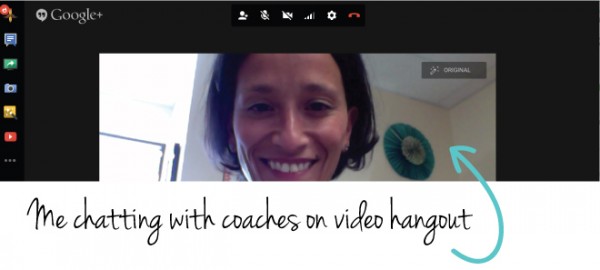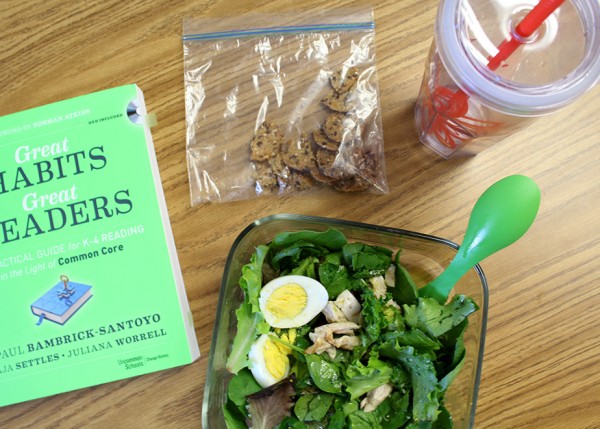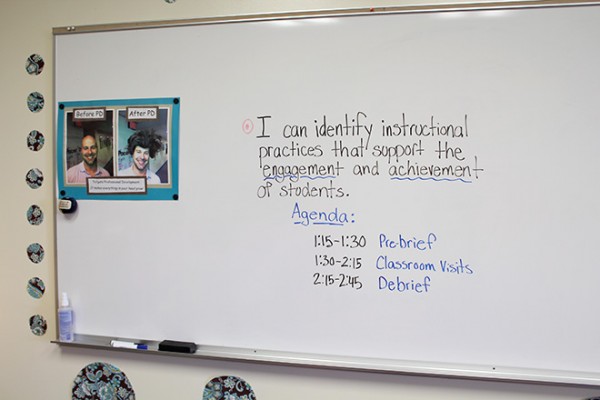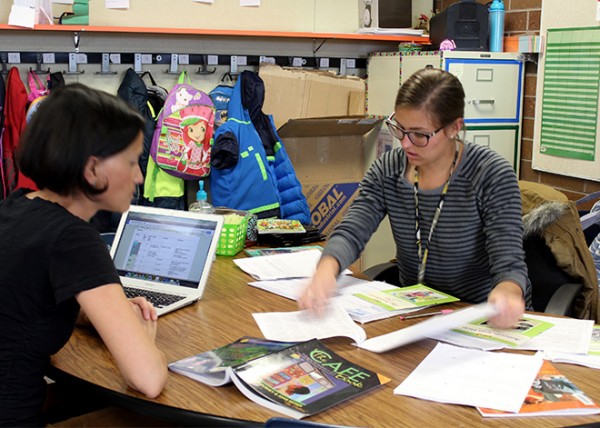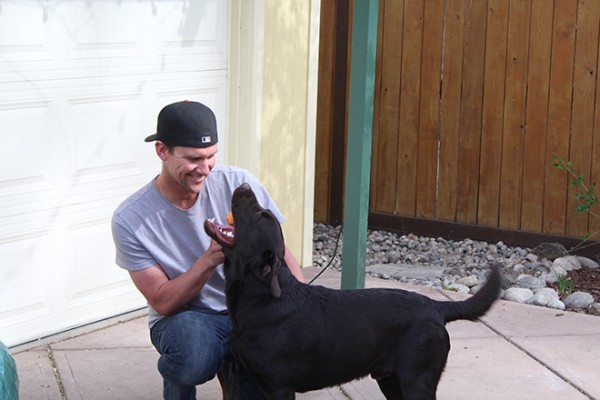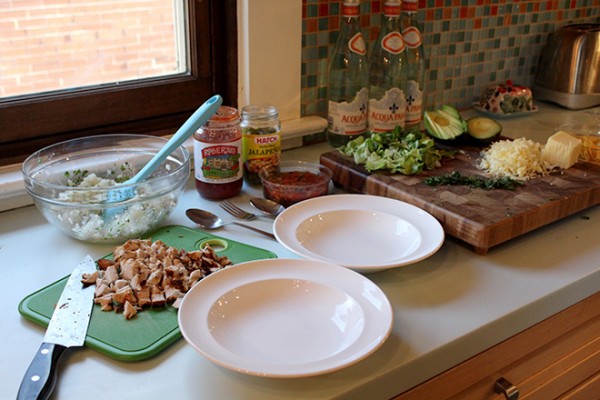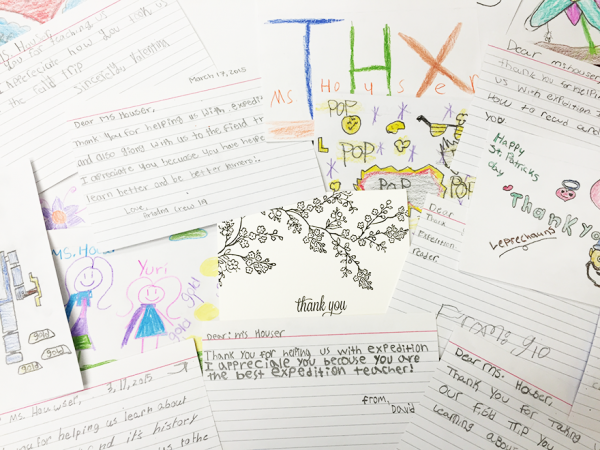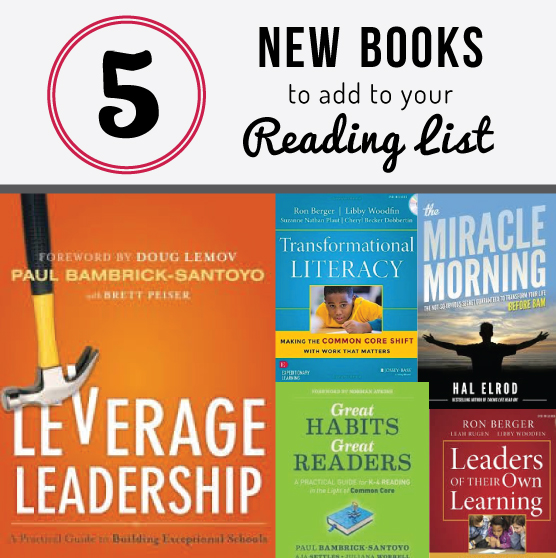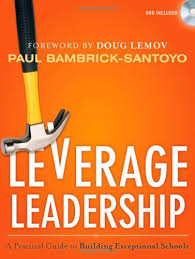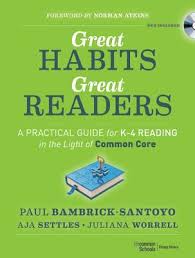Are You Giving Effective Feedback?
Instructional Coaching, Teaching TipsThese past few weeks I’ve been working on a homework assignment.
As part of my district role as a coach/mentor, I was asked to assess the effectiveness of my feedback.
No prob! I thought. I’m totally going to ace this assignment!
So off I went, ready to evaluate and document the feedback I provided in coaching convos.
What did I quickly discover? That I needed to slow. my. roll.
When I really tuned in, and payed close attention to what I was saying to teachers, I wasn’t always certain I would have given my feedback an A+.
Effective feedback = specific information you’re offering a teacher in their efforts to reach an identified goal.
And as I learned through my reading of this Grant Wiggins article, there are seven key factors to keep in mind to ensure your feedback is in fact effective. Scroll on!

Get your free printable of the Effective Feedback Infographic
So now with this new or reinforced learning in place…pop quiz time! Ready?!
OK. Which of the following statements would you consider to be effective feedback?
- Nice job on that mini-lesson Sarah!
- Next time Tom, I think you’ll want to spend a bit more time on the debrief.
- Your lesson would definitely be more effective Melissa, if you used more visuals.
- I thought the book you used to kick-off your Ant Expedition was a little unengaging.
And the answer is…none of the above! Tricked ya.
None of these statements would really be considered effective feedback. Here’s why:
- The first and the fourth statements just name a personal liking or disliking for something, and neither are connected to a goal.
- The second and the third statements are offered more as advice, vs feedback.
Both advice and praise can be great tools when supporting teachers, and they both have their time and place. However, they’re very different from feedback. Because as we just learned, effective feedback is information that supports a teacher in reaching their goal. Got it?!
Alright-ty. Now, how about we take a look at a few examples of what effective feedback could sound like:
- One of our goals during this coaching cycle has been to improve lesson pacing. Last week I noted your mini-lesson was 20 minutes long. In today’s lesson I recorded your mini-lesson started at 9:00 and ended promptly at 9:15, which was 5 minutes shorter. What would you say you thought about or did differently in your planning and instruction that supported this improved pacing?
- I noticed that after you sent students out to work independently, 10 out of the 20 students were struggling with getting started. When I spoke to student x, y, z, they were unclear on the directions. Where do you think the confusion may have been?
Hopefully these few examples give you an idea of how feedback can sound like when it is in line with the 7 Keys outlined above. Oh, and one side note…when giving a teacher more critical/next step feedback, I try to keep it to one-two points.
For some ideas on what areas you might offer feedback on, check out this post.
If you’re still with me, great job! Now if you want to take it one step further, try taking note of the feedback you offer teachers this week. Is it really effective feedback? Or maybe it’s advice or praise. Hmmm…Give it a try! You might be surprised at what you learn.
Oh, and here’s a handy PDF of the infographic above to pop in your planner or post near your desk.
Talk to you soon!
![]()

